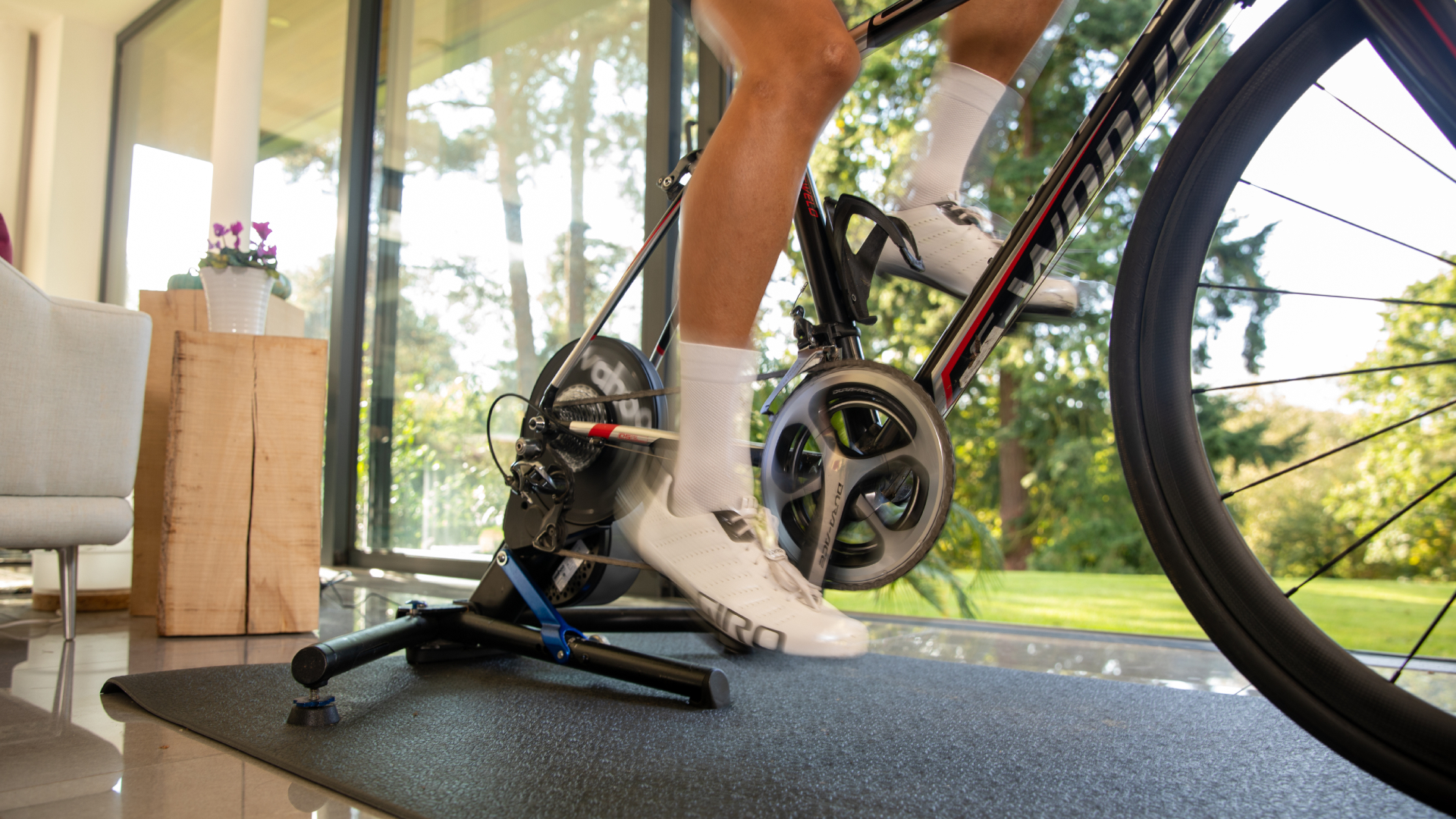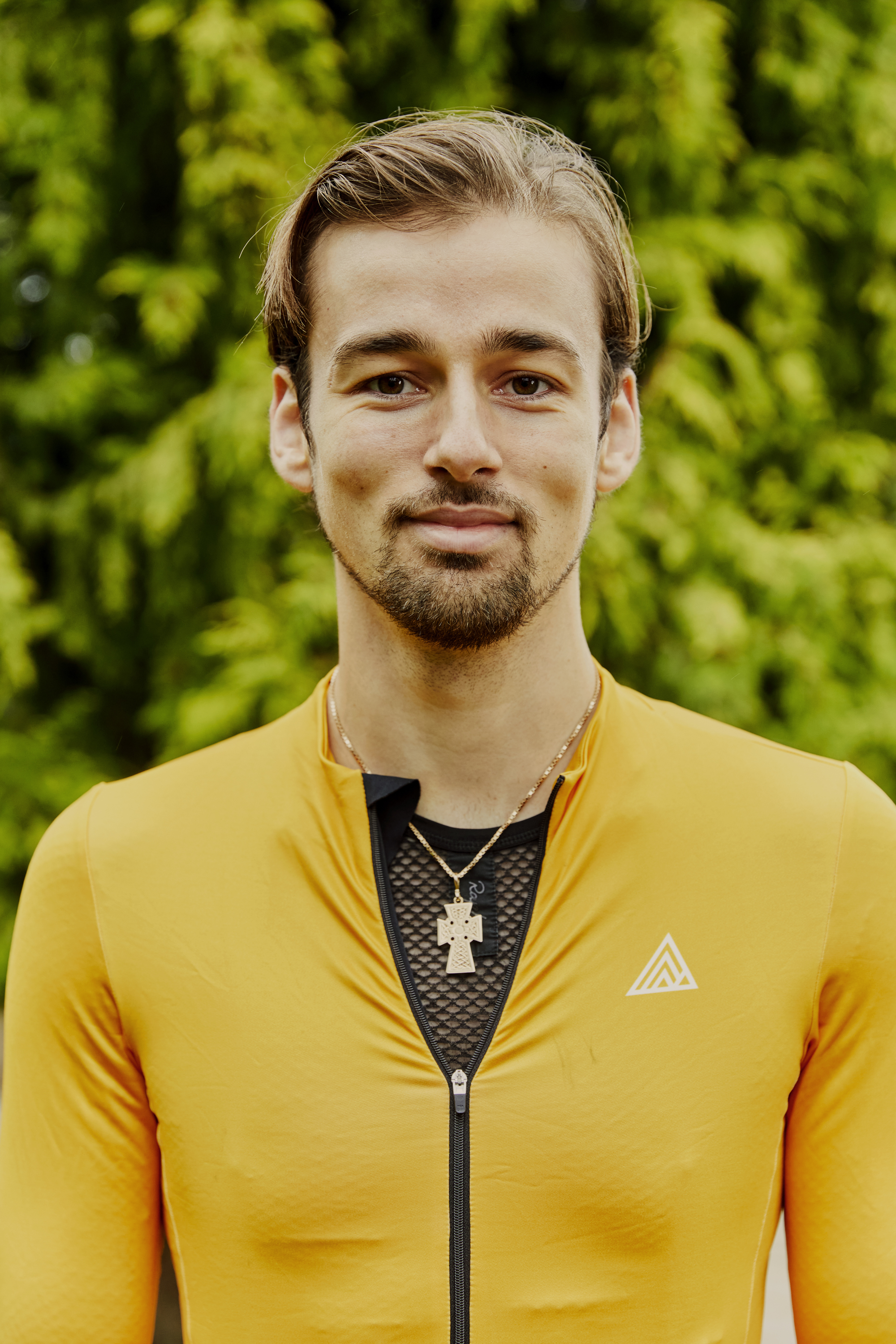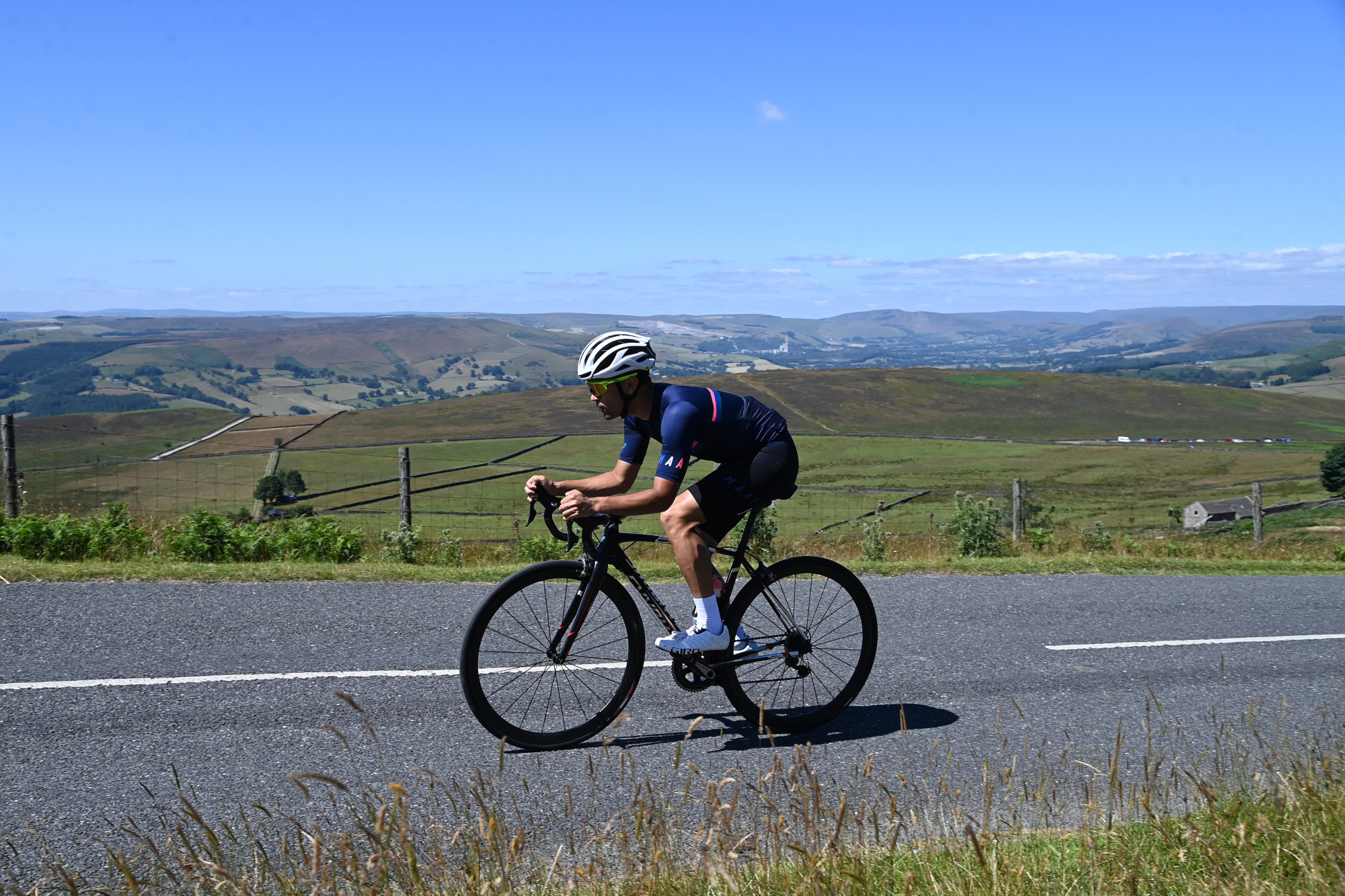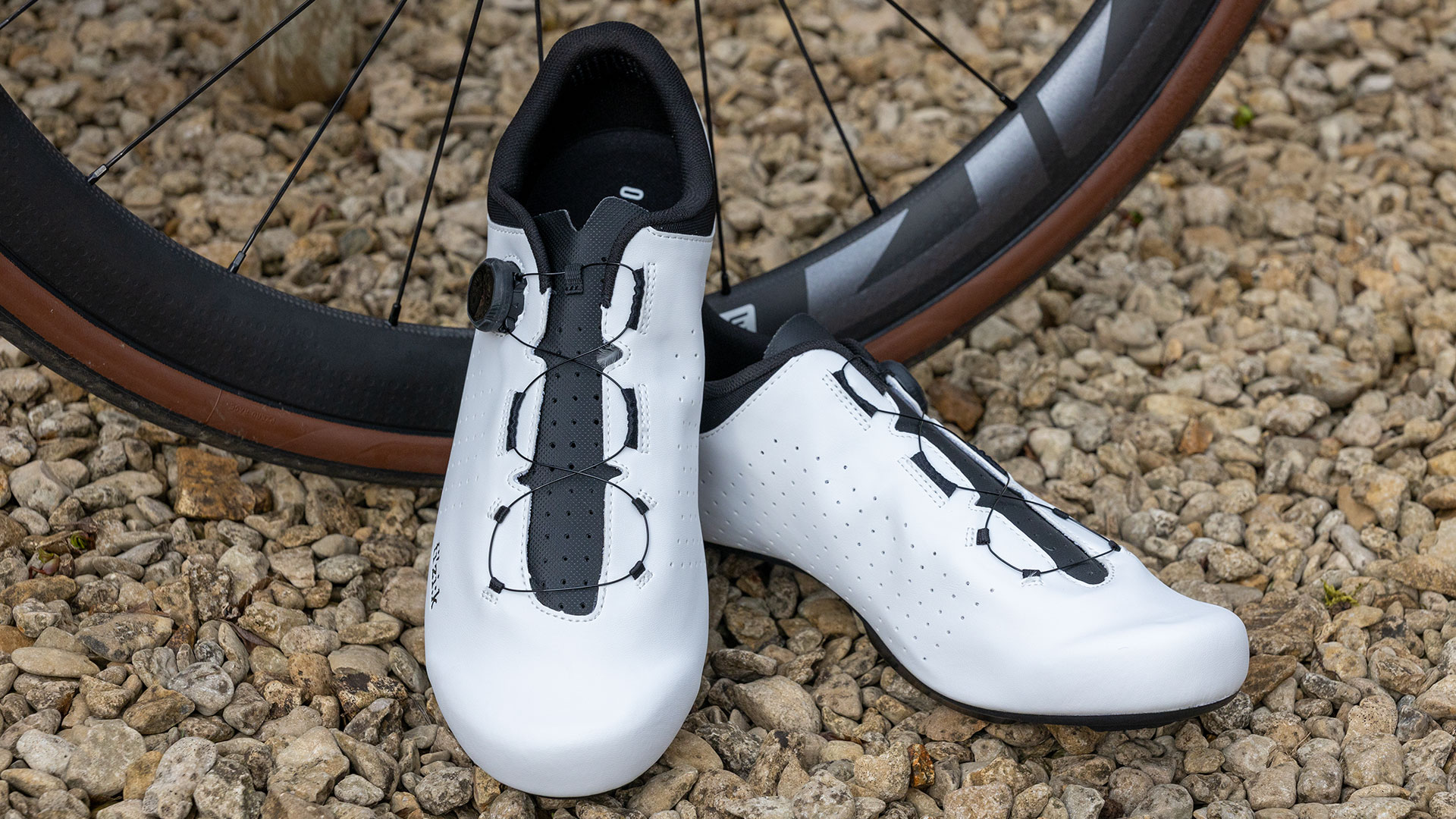Improve your pedalling efficiency with this one-hour cycling workout - and why it’s so effective explained
Do if… you want to maximise on the fitness you already have and develop your pedalling efficiency


Most of us riding a bike want to get faster, be it for racing, making your way up the Strava KOM leaderboard, or increasing the average speed of your ride. Improving pedalling efficiency is a great way to achieve this, but is often an area of training which gets neglected and is seldom given enough specific focus.
This cycling workout targets pedalling efficiency with six 15-second efforts where the goal is to spin your legs as fast as possible with about eight minutes rest between each effort.
The workout
To download the session click on the embedded graph above. If you’re not already set up on TrainerDay it’ll ask you to register for an account - it’s free to do so and it’s free to download the session.
Simply explained
When we pedal, we are producing power. To go faster, we need to produce more power, physiologically speaking anyway. Power itself is made up of two elements: torque and angular velocity. The torque is the force that we apply (think about a torque wrench - the higher the torque the more force you are applying to that poor seat-clamp).
The angular velocity is the speed at which that torque is applied - in other words, your revolutions per minute (RPM). If we are able to increase our speed (angular velocity) whilst maintaining the same torque, we can produce more power.
This session essentially helps you be able to turn your legs at a faster speed and is beneficial as a lot of people ride at a cadence that might not be most efficient for them.
Let’s geek out…
So, how does this session help you do that? Well, when we pedal, we experience something called muscle coactivation. This occurs when you push down on the pedals with your quads (the agonist muscle group), yet you experience resistance from the hamstrings (the antagonist muscle group).
Get The Leadout Newsletter
The latest race content, interviews, features, reviews and expert buying guides, direct to your inbox!
This happens for several reasons, but is predominantly because the hamstrings are trying to help stabilise the knee. So, when you push 100 watts down, you may also be encountering 10 watts negative force, resulting in a net forward positive power output contributing to forward momentum of 90 watts.
Several studies have investigated this in depth and found that well-trained professional riders experience far less hamstring muscle activation during the downstroke of the pedal phase than amateurs who train less, therefore producing a higher positive power output. So, in our 100 watts example, minus 10w reduces to minus 3w (not exact relative figures).
Doing these high cadence drills (where novice riders may struggle with 100+ RPM and experienced riders can push north of 200!) can help in reducing this muscle coactivation.
Golden rule
Don’t worry about bouncing on the saddle. These efforts feel very alien to conduct and quite often, as you reach a higher RPM, it feels uncomfortable and you bounce up and down on the saddle as the muscles try to fire in the right pattern at a high speed. This is normal and will reduce as you get used to these efforts and develop a more efficient pedal stroke.
Sunny out? How about…

These efforts are very easy to do outside: find a nice, flat stretch of road. Starting at a ‘walking’ pace, select your smallest gear. Then, rev out! Pedal as fast as you possibly can for 10 to 15 seconds. The rest periods between the efforts can be longer or shorter, depending on the overall ride that you are doing as the physiological effort of rev outs is low, therefore recovery is quick.

Thank you for reading 20 articles this month* Join now for unlimited access
Enjoy your first month for just £1 / $1 / €1
*Read 5 free articles per month without a subscription

Join now for unlimited access
Try first month for just £1 / $1 / €1
Andy is a Sport & Exercise Scientist, fully qualified and experienced Cycling Coach, Sports Director, Freelance Writer, and Performance Consultant. He spent 3 years riding for a UCI cycling team and 7 years as a BC Elite rider, competing in prestigious events such as the Tour of Britain and the Volta a Portugal.
Graduating with a first-class honours degree in Sport & Exercise Sciences, he continues to pursue his interest in research in the field of Sport Science alongside managing his coaching business, ATP Performance. He also works as a Wind Tunnel operator and Performance Consultant at the Silverstone Sports Engineering Hub, working with individuals, teams, and businesses to optimise performance and develop products.
-
 Man hands himself in to Belgian police after throwing full water bottle at Mathieu van der Poel during Paris-Roubaix
Man hands himself in to Belgian police after throwing full water bottle at Mathieu van der Poel during Paris-Roubaix30-year-old was on Templeuve-en-Pévèle cobbled sector when television pictures showed the bottle hitting him in the face
By Tom Thewlis Published
-
 Fizik Vento Omna Wide shoe review: Yeti sneakers for those pedalling on a budget
Fizik Vento Omna Wide shoe review: Yeti sneakers for those pedalling on a budgetBroadly recommended for those of us with flipper feet
By Simon Fellows Published